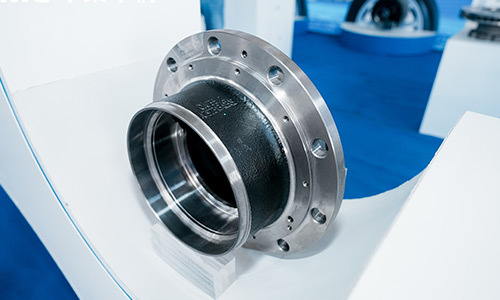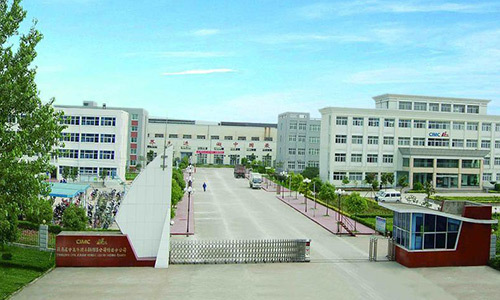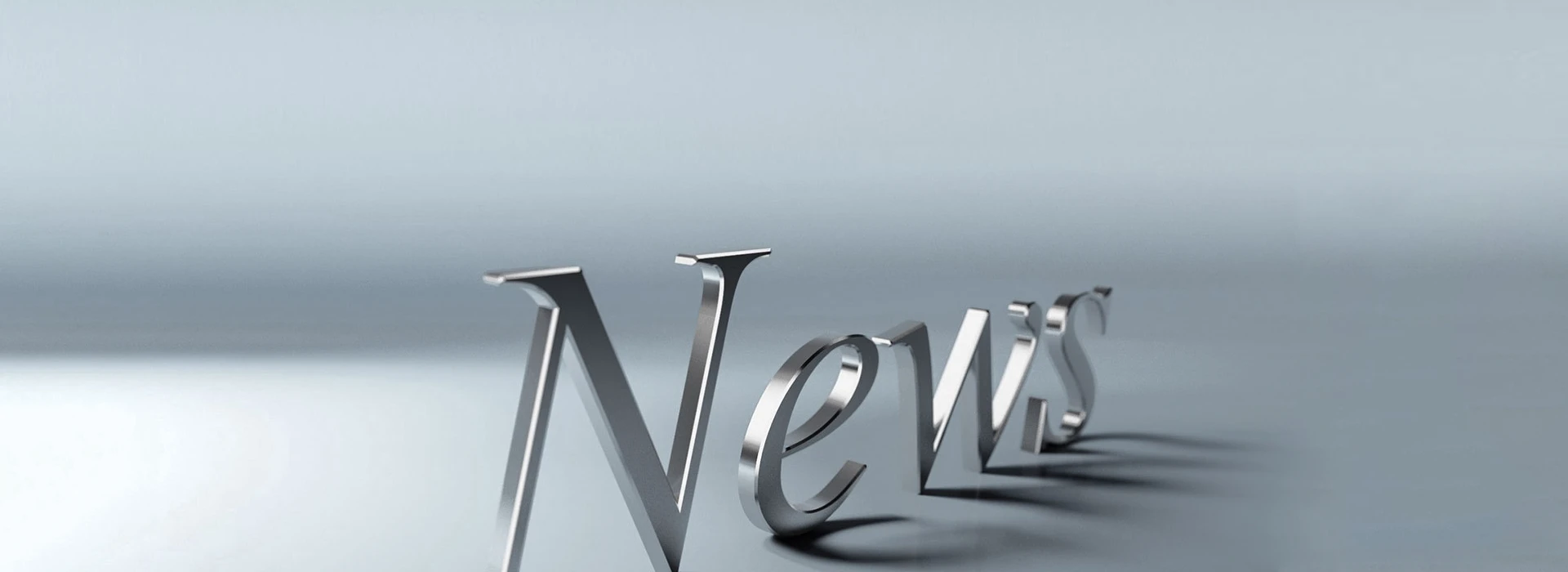Unlocking the Secrets of Heavy Truck Rear Wheel Hubs
Oct 04,2025
Unlocking the Secrets of Heavy Truck Rear Wheel Hubs
Table of Contents
1. Introduction to Heavy Truck Rear Wheel Hubs
2. Understanding the Structure of Rear Wheel Hubs
3. Functionality of Heavy Truck Rear Wheel Hubs
3.1 Load Distribution and Support
3.2 Braking and Traction
4. Common Types of Heavy Truck Rear Wheel Hubs
5. Maintenance Practices for Longevity
5.1 Regular Inspections
5.2 Lubrication Techniques
6. Signs of Wear and Tear in Rear Wheel Hubs
7. The Importance of Quality Replacement Parts
8. Conclusion
9. FAQs
1. Introduction to Heavy Truck Rear Wheel Hubs
Heavy truck rear wheel hubs are vital components in the overall architecture of heavy-duty vehicles. These hubs are responsible for connecting the wheels to the vehicle's axle, allowing for smooth and controlled motion during operation. By understanding their intricate design and functionality, we can appreciate their critical role in vehicle safety and efficiency.
2. Understanding the Structure of Rear Wheel Hubs
The rear wheel hub consists of several crucial parts, including the hub body, bearings, and seals. Each of these components plays a distinct role:
- **Hub Body**: The hub body is the main structure that houses the wheel bearings and mounts to the axle. It is typically made from high-strength materials to withstand the considerable forces exerted during operation.
- **Bearings**: These allow the wheel to rotate smoothly while supporting the vehicle's weight. Heavy trucks often use tapered roller bearings for their superior load-carrying capacity.
- **Seals**: Seals protect the bearings from dirt, moisture, and debris, ensuring longevity and optimal performance.
Understanding this basic structure is essential for anyone involved in heavy truck maintenance or repair.
3. Functionality of Heavy Truck Rear Wheel Hubs
Heavy truck rear wheel hubs serve multiple functions that contribute to the vehicle's overall performance.
3.1 Load Distribution and Support
The primary function of the rear wheel hub is to distribute the load of the vehicle evenly across the wheels. This load distribution is crucial for maintaining stability and ensuring that the tires wear evenly. Inefficient load distribution can lead to premature tire wear and increased maintenance costs.
3.2 Braking and Traction
Rear wheel hubs also play a significant role in the vehicle's braking system and traction capabilities. The hub connects the braking components to the wheels, ensuring efficient energy transfer. Properly functioning hubs contribute to effective braking, allowing heavy trucks to stop safely even under heavy loads.
4. Common Types of Heavy Truck Rear Wheel Hubs
There are several types of rear wheel hubs designed for various applications. The most common types include:
- **Standard Rear Hubs**: Used in most heavy trucks, these hubs are reliable and provide a good balance of strength and weight.
- **Heavy-Duty Hubs**: Designed for extreme loads and conditions, heavy-duty hubs often feature reinforced structures and larger bearing diameters.
- **Hub-and-Drum Assemblies**: These integrated units combine the hub and brake drum, simplifying installation and maintenance.
Selecting the right type of hub is crucial for maximizing performance and safety.
5. Maintenance Practices for Longevity
Maintaining rear wheel hubs is essential to ensure they operate efficiently and have a long service life. Here are some best practices:
5.1 Regular Inspections
Routine inspections should be conducted to check for signs of wear, damage, or misalignment. Technicians should look for unusual noises, vibrations, or visible damage to the hub or surrounding components.
5.2 Lubrication Techniques
Proper lubrication of bearings is vital. Heavy truck rear wheel hubs typically require high-quality grease to ensure smooth operation. Regularly scheduled lubrication services help prevent bearing failure and extend the life of the hub.
6. Signs of Wear and Tear in Rear Wheel Hubs
Identifying wear and tear early can prevent costly repairs and enhance operational safety. Common signs include:
- **Unusual Noises**: Grinding or humming noises during operation may indicate bearing wear.
- **Excessive Vibrations**: If the vehicle vibrates excessively, this could signal a misalignment or bearing issue.
- **Uneven Tire Wear**: If the tires show signs of uneven wear, it may be time to inspect the rear wheel hubs.
Being proactive in recognizing these signs can save time and money.
7. The Importance of Quality Replacement Parts
When it comes to replacing rear wheel hubs, quality matters. Using OEM (Original Equipment Manufacturer) parts ensures that the new components will fit and function as intended. Investing in high-quality replacement parts can improve vehicle performance and reduce the risk of future failures.
8. Conclusion
Understanding heavy truck rear wheel hubs is essential for anyone involved in the trucking industry. These components play a vital role in load distribution, braking, and overall vehicle stability. By practicing proper maintenance, recognizing signs of wear, and investing in quality parts, we can ensure that heavy trucks operate safely and efficiently for many miles.
9. FAQs
What is the typical lifespan of a heavy truck rear wheel hub?
Heavy truck rear wheel hubs can last anywhere from 100,000 to 500,000 miles, depending on maintenance and driving conditions.
How often should rear wheel hubs be inspected?
It's advisable to inspect rear wheel hubs at least once a year or every 50,000 miles, whichever comes first.
What are the common causes of rear wheel hub failure?
Common causes include inadequate lubrication, excessive load, and damage from road debris.
Can I replace the rear wheel hub myself?
If you have mechanical experience and access to the proper tools, you may be able to replace a rear wheel hub yourself. However, consulting a professional is recommended for safety and accuracy.
What should I do if I hear unusual noises from my rear wheel hub?
If you hear unusual noises, it's essential to have the hub inspected by a qualified technician immediately to prevent further damage.
This comprehensive guide aims to provide valuable insights into heavy truck rear wheel hubs, their maintenance, and the importance of quality parts, ensuring readers are well-informed and equipped to manage these critical components effectively.
Contact Us
E-mail:
Whatsapp:
Address:
West Section of Xuesong Road, Zhumadian City, Henan Province, China
News Update












